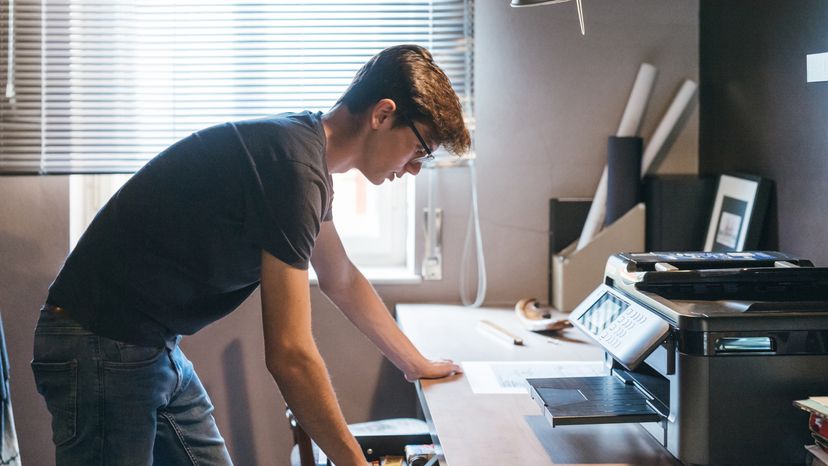
You bought a fancy digital camera and now you want to print top quality photos. A digital camera is a complex device that if used properly, can give you sharp, beautiful photos. Read the tips listed below and learn about how to calculate image size and PPI when printing.
- What is PPI? The first step to understanding how to print high-quality photos is to understand pixels per inch (PPI). The pixels on your digital camera or computer screen get converted into dots on the printed photo. The more pixels you have per inch (centimeter), the sharper your photos will be. A general rule of thumb is to try to have a PPI of between 200 and 400 [source: Colorama].
- Size and Pixel Count In order to print a high quality photo, you must first determine the size you want to print. Then check the pixels of the image you want to print. To find the pixel count on your photo, open the image on your desktop computer. Click on File on the toolbar. Select Properties from the dropdown menu. The Properties dialog box that opens will provide you with the details of the photo, including the pixel count [source: HD]. Once you have these two pieces of information (the print size and the pixel count), you can calculate the PPI and determine the resolution of the image.
- Calculating PPI The basic equation for calculating PPI is: PPI = width(pixels)/ width of image (inches); PPI = height(pixels)/ height of image (inches). So, for example, if you want to print a 4-inch-by-6-inch image, and your pixel count is 800 x 1200, you need to divide 800 (the pixel height) by 4 (the photo height) and then divide 1200 (the pixel width) by 6 (the photo width). The PPI will be 200, providing you with good quality photos. However, if you want to print a larger photo, for example 8-inch-by-10-inch photo, the PPI reduces to 100 for width and 120 for height, giving you lower quality prints [source: Colgate].
Remember, you can always improve the quality of your photos by putting your camera's MP setting higher. Your photos will take up more room on your memory card, but you'll be able to print larger and sharper photos [source: HP].
Advertisement